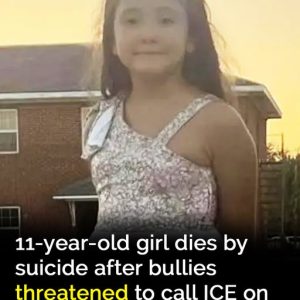It started with a tiny spot — something barely noticeable at first. On the surface, it looked like a small, harmless bump. But to Lena, it felt different. There was an unusual tenderness to it, a heat that seemed to radiate from beneath the skin.
Over the next few days, the bump grew redder, the surrounding skin becoming inflamed. Lena tried to ignore it, assuming it was a simple pimple or insect bite. But by the third day, a dark center appeared, surrounded by an angry halo. That’s when worry began to creep in.
Her grandmother’s voice echoed in her head: “Don’t ignore changes in your skin. They tell stories your body can’t speak.” So Lena took a photo, hoping to search for answers online. The more she read, the more anxious she became — some sites suggested it could be a spider bite, others warned of dangerous infections.
By the time she decided to see a doctor, the lesion had become more pronounced. The nurse who examined it leaned in closely, her eyes narrowing as she put on gloves. Without saying much, she called in the physician. That silence told Lena everything she needed to know: this wasn’t something to brush off.
The doctor explained that the dark center could be necrotic tissue — skin that had died due to an infection or venom. Left untreated, it could spread quickly. Lena was stunned. Something so small had the potential to cause so much harm.
Treatment began immediately: antibiotics, wound cleaning, and strict instructions for monitoring. The doctor emphasized that catching it early likely saved her from surgery — or worse.
As the days passed, the redness began to fade, and the wound slowly closed. Lena learned an important lesson: small changes can signal big dangers.
Now, she shares her story — and that haunting photo — to remind others to listen when their bodies speak.





